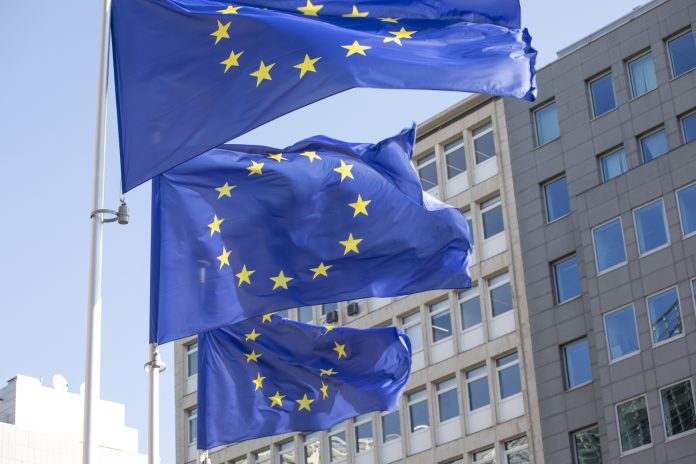The European Commission has taken another step toward finalising its flagship research and innovation funding initiative, Horizon Europe, by pre-publishing the draft version of its 2025 work programme
This is an important moment for researchers, institutions, and innovators across Europe as they prepare to access funding aligned with the EU’s strategic priorities for the upcoming year.
Horizon Europe, the EU’s primary research and innovation programme running from 2021 to 2027, is structured into several components, each focused on strengthening the scientific and technological foundations of the European Union.
The newly pre-published 2025 work programme outlines the planned funding opportunities across a wide range of thematic areas and sectors. Though still awaiting formal adoption, this early release gives stakeholders a valuable preview of what’s ahead.
Structure of the work programme
The 2025 programme is anchored in Horizon Europe’s main work programme, which supports a diverse range of initiatives under three major pillars. Pillar I supports excellent science through funding actions such as the Marie Skłodowska-Curie Actions and research infrastructures.
Pillar II targets global challenges and European industrial competitiveness, with six thematic clusters ranging from health and culture to energy and environment. Pillar III focuses on innovative Europe, funding projects through the European Innovation Council and innovation ecosystems.
In addition to these pillars, the programme supports activities aimed at widening participation and strengthening the European Research Area, ensuring inclusiveness and capacity building across the EU and associated countries.
Separate from the main programme, distinct work streams continue for the European Research Council (ERC), the Joint Research Centre (JRC), and the European Innovation Council (EIC). Institutionalised partnerships, particularly in mobility, digital technologies, energy, and bio-based sectors, are also managed through separate but related work programmes.
The European Institute of Innovation and Technology (EIT), which plays an important role in connecting education, research, and business, continues to operate under its programming framework.
2025 priorities and new features
One of the main elements in the 2025 work programme is the inclusion of the New European Bauhaus Facility. This initiative promotes sustainable and inclusive living spaces, bridging the gap between science, technology, and design. The EU Missions, focused on areas such as climate adaptation, cancer, and soil health, remain a central part of the programme, aimed at achieving real solutions to pressing global challenges.
The Commission opened a public consultation from 15 April to 6 May 2024 to support transparency and co-creation. Feedback collected during this period is helping shape the final version of the programme, which is expected to be officially adopted in May 2025.
Updates and amendments
Alongside the new 2025 content, the Commission has also pre-published amendments to the 2023–2025 work programme. These include updates to the Marie Skłodowska-Curie Actions and the General Annexes, which clarify rules and procedures for participation and funding.
What’s next?
With adoption expected in May 2025, organisations and individuals engaged in research and innovation should monitor the official Funding and Tenders Portal, where the final documents will be published. While not final, the pre-published drafts offer a crucial opportunity to begin strategic planning, build partnerships, and align proposals with EU goals for sustainable growth, digital transformation, and societal resilience.











